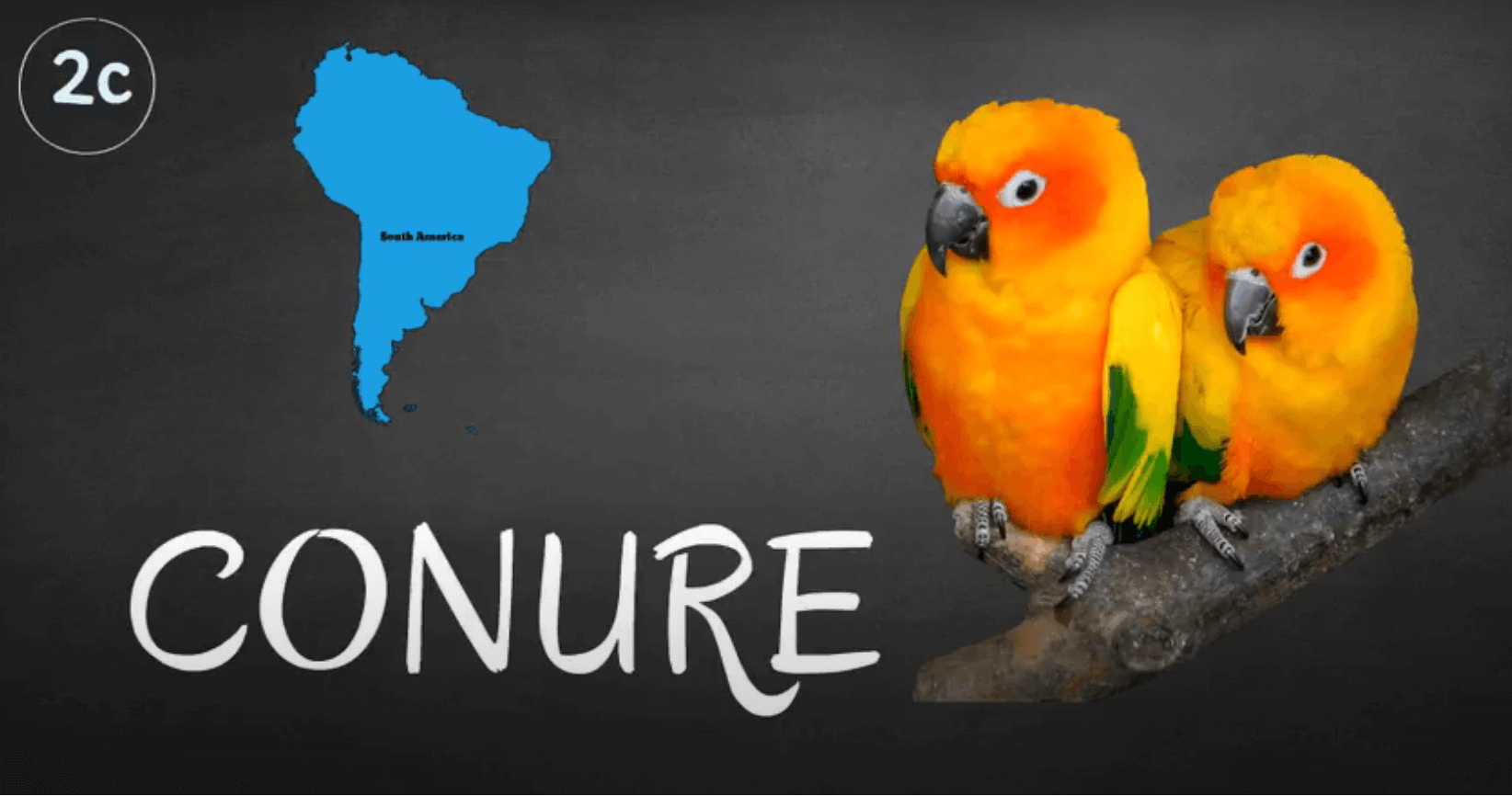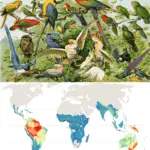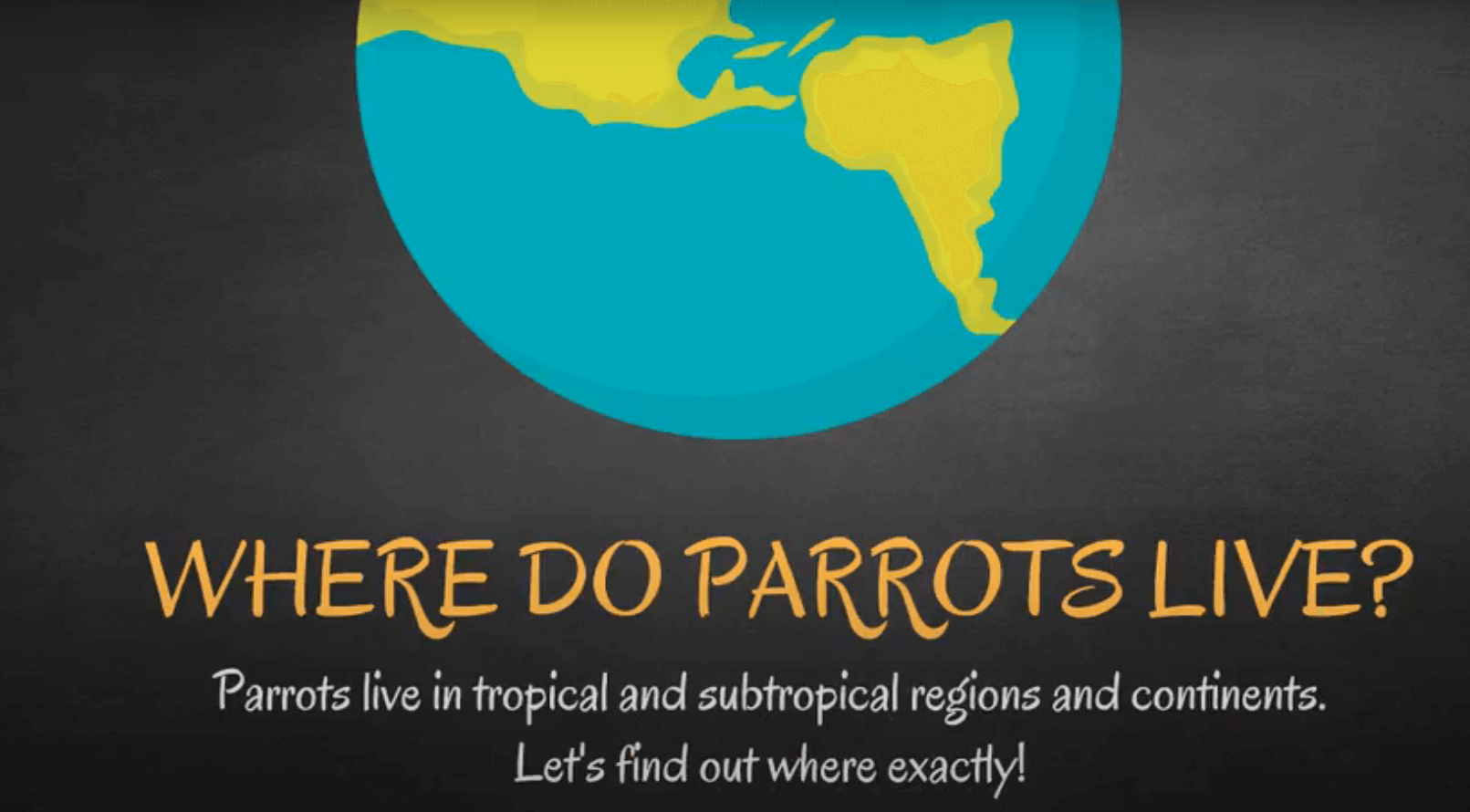

Australian Parrot
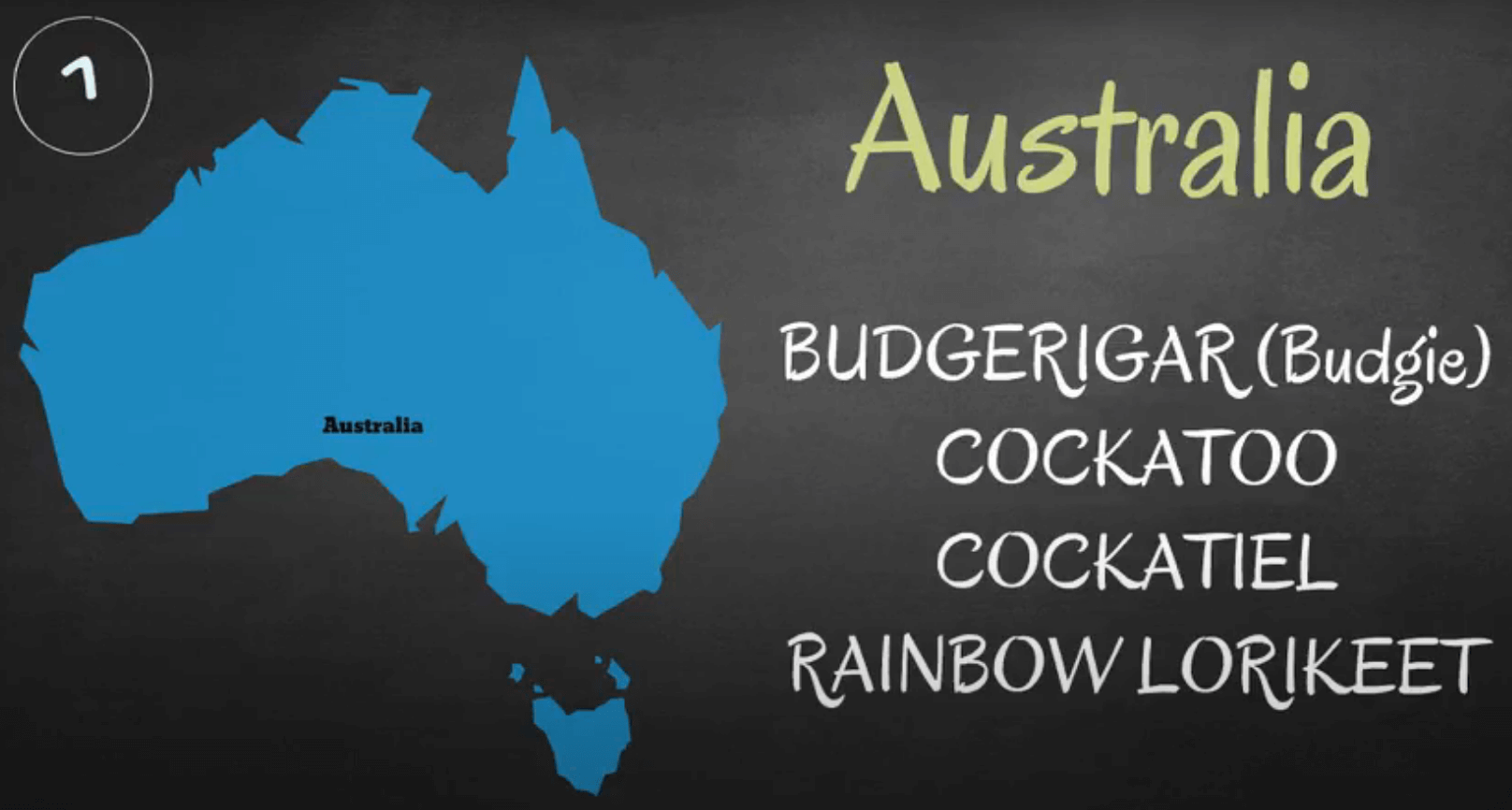
Cockatoo
All biotopes from North to South of Eastern Australia, New Guinea, and Tasmania.
Cockatoos have a much more restricted range than true parrots and occur naturally only in Australia, Indonesia, the Philippines, and parts of the Pacific.
Eleven of the 21 species occur in the wild only in Australia, while seven species occur only in the islands of the Philippines, Indonesia, Papua New Guinea, and the Solomon Islands. No cockatoo species are found in Borneo, despite their occurrence on nearby Palawan and Sulawesi or many Pacific islands, although fossil remains have been recorded in New Caledonia.
Three species in both New Guinea and Australia. Some species have wide distributions, with the galah, for example, occurring over most of Australia, while other species have tiny distributions, confined to a small part of the continent, such as the cockatoo Baudin’s noir of Western Australia or to a small group of islands, such as the Tanimbar corella, which is restricted to the Tanimbar Islands in Indonesia.
Some cockatoos have been accidentally introduced to areas outside their native range such as New Zealand, Singapore, and Palau, while two Australian corella species have been introduced to parts of the continent that are not indigenous.
The most common species, such as the galah and cockatiel, are open-ground specialists that feed on grass seeds. They are often very mobile fast travelers and are nomads. Flocks of birds move across large areas inland, locating and feeding on seeds and other food sources.
Drought can force herds from drier areas to move further into agricultural areas. Other cockatoo species, such as the glossy black cockatoo, inhabit woodlands, rainforests, shrublands, and even alpine forests. The red-bellied cockatoo inhabits mangroves and its absence from northern Luzon may be related to the lack of mangrove forests there.

Rainbow Lorikeet
Forests, wetlands, and wooded grasslands on the east coast of Australia as well as a small territory in the southwest of the island mainland where it was introduced. It has also been introduced elsewhere, notably in Tasmania (the big island south of Australia), New Zealand, and Hong Kong.

Budgerigar

African parrot

African Grey Parrot
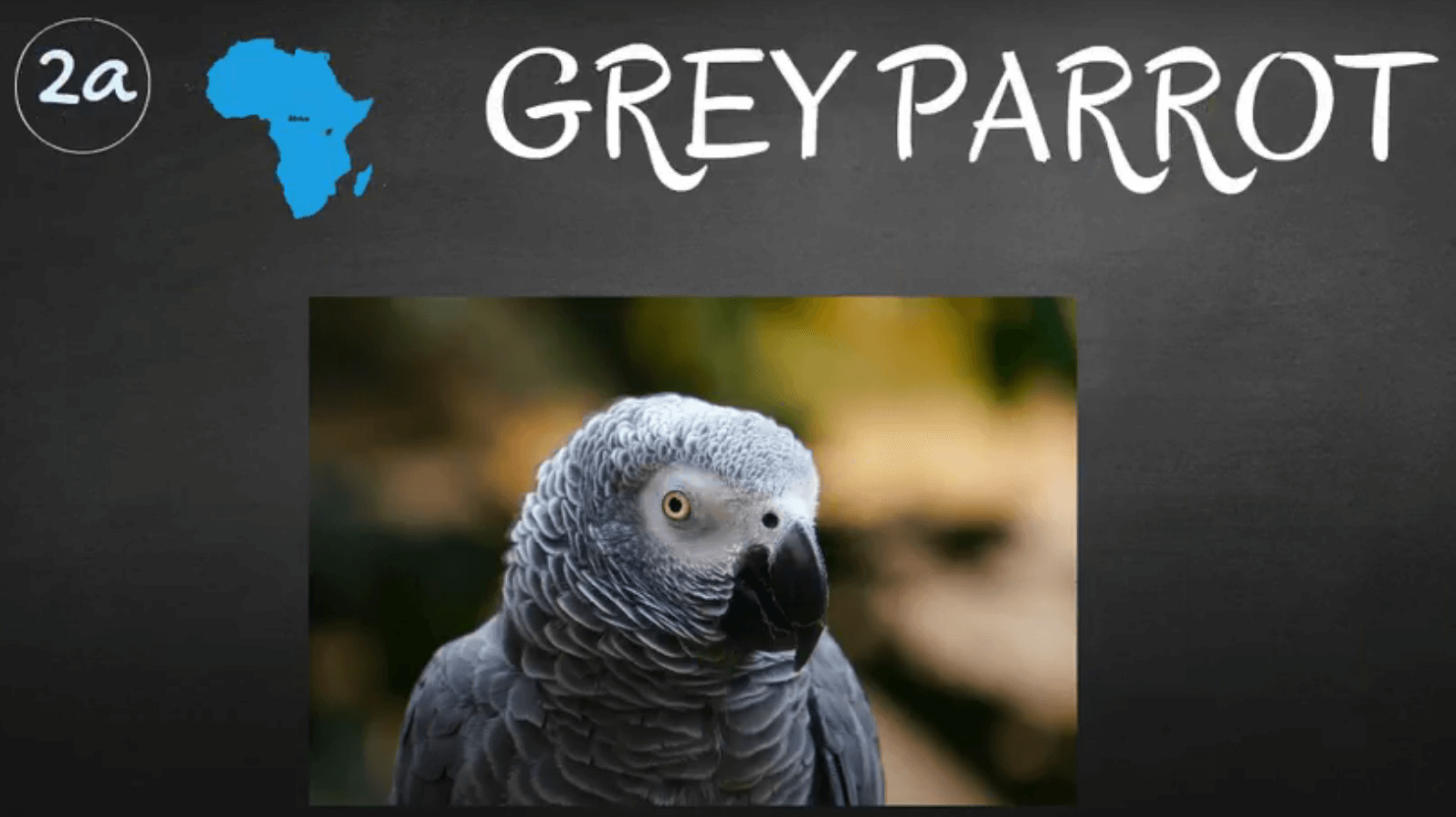
Alexandrine Parakeet
The Alexandrine Parakeet is distributed in a wide variety of wet and dry forests and Tierras arboladas, but also they are seen in cultivated areas, mangroves (for example, of Rhizophora mueronata on the islands of the Bahía de Bengala ) and coconut plantations , mainly in plains up to 900 meters above sea level; in the province of Punjab ( Pakistan ) extend the zones of subtropical pines ( Pinus roxburghii ) their penetra en las plantaciones de regadío en zonas desérticas; ascend to the foothills of Himalayan in tree areas ( will Shorea) and riparian forests, rarely above the 1.600 m.
In Bandhavgarh National Park, the Alexandrine Parakeet prefers denser forests than the Plum-headed Parakeet ( Psittacula cyanocephala ) and Rose-ringed Parakeet ( Psittacula krameri ).
Usually, they’re found in small groups, but sometimes they form large flocks where food is plentiful and communal roosts, where birds can congregate in one large tree.
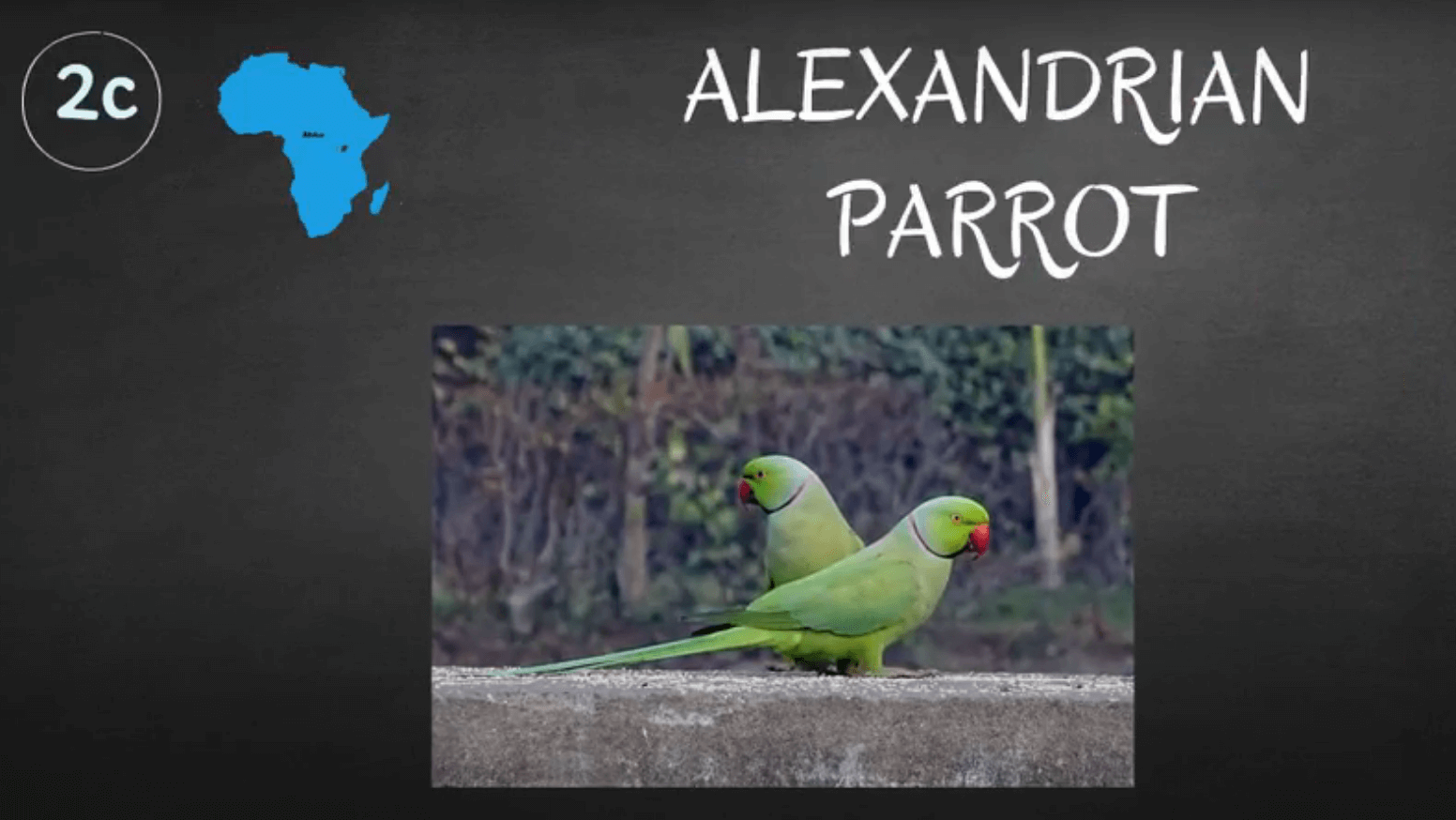
Lovebird
Lovebirds are small parrots living primarily in southern and southeastern Africa. Lovebirds ( Agapornis sp. ) are small psittacines living in southern Africa, including Madagascar.
South America parrot

Macaw
Canopy, edges, and gallery forests along the waterways of the tropical rainforests of Central and South America.

Amazon Parrot
The Amazon Parrot is a species of bird in the family Psittacidae (the parrot family ). Its habitat is in South America, from Brazil to Paraguay and from Bolivia to Argentina.
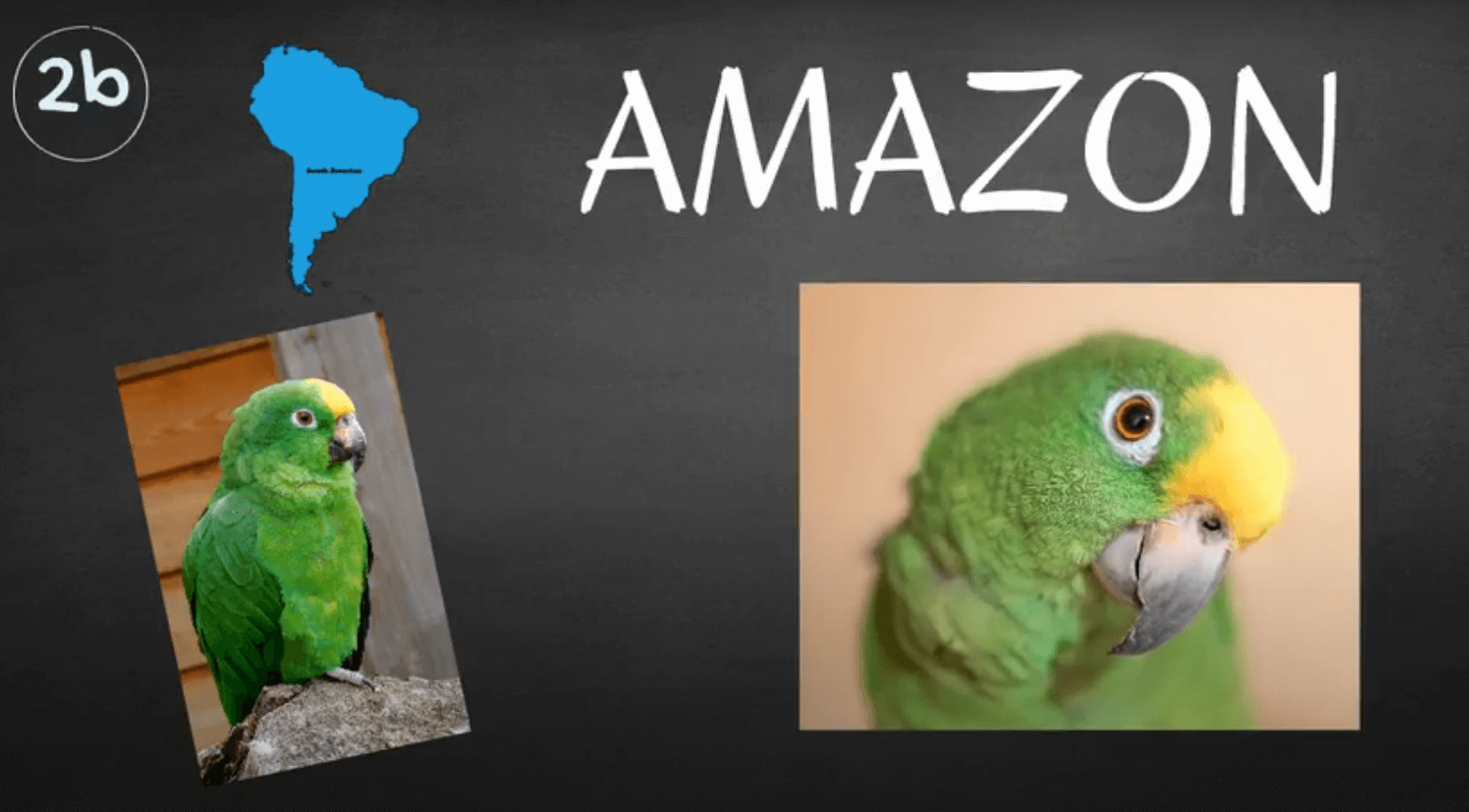
Sun Conure
The sun conure is found in savannahs, coastal forests, and at the edges of moist forests.
